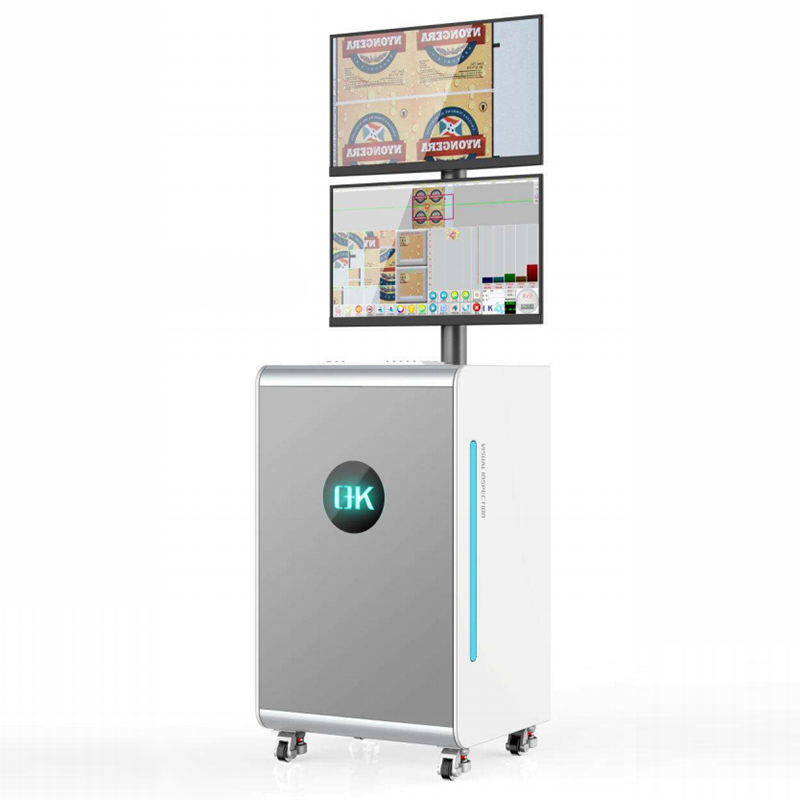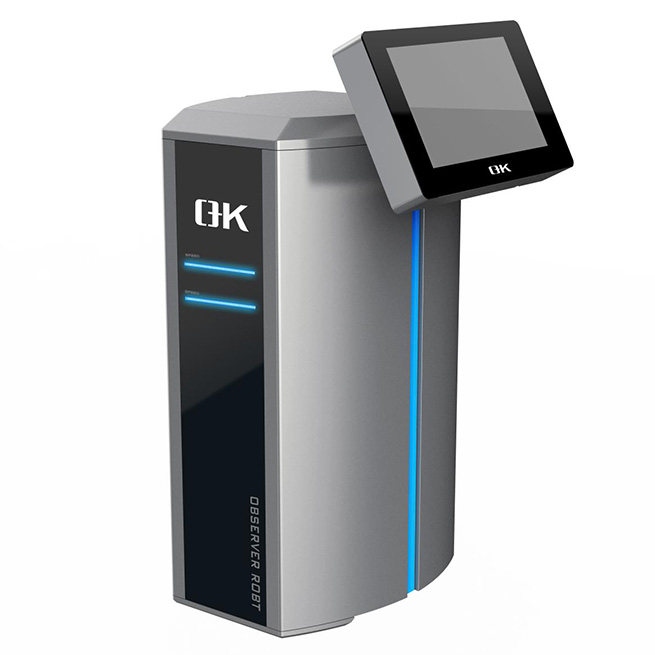Customization and Adaptability of Web Video Inspection Systems: Contributing to the Optimization of Manufacturing Processes
In the contemporary realm of manufacturing and production, ensuring product quality stands as a paramount concern. The advent of web video inspection systems has revolutionized this landscape, enabling real-time monitoring and analysis of manufacturing processes. What sets these systems apart is their remarkable versatility, capable of catering to the unique requirements of diverse industries and evolving production methodologies. This article delves into the nuances of customization and adaptability, elucidating how web video inspection systems are tailored to address the distinctive needs of various sectors and ever-changing production protocols.

Tailored Solutions for Industry Specifics:
Web video inspection systems offer a distinct advantage in their ability to adapt to the specific challenges encountered across various sectors. Given that quality control standards vary significantly from automotive manufacturing to pharmaceuticals, these systems can be customized to address industry-specific concerns. This ensures that the inspection process aligns seamlessly with the requirements and intricacies of each production environment.
Flexibility in Configuration and Parameters:
The adaptability of web inspection systems is exemplified by their versatility in configuration. Manufacturers can fine-tune these systems to suit the nuances of their production processes. Parameters such as inspection criteria, tolerance levels, and fault detection algorithms are all customizable, allowing producers to precisely tailor the system in response to evolving needs and product specifications.
User-Friendly Interfaces for Seamless Customization:
Web inspection vision systems prioritize user interaction by offering intuitive interfaces. This ensures that operators, irrespective of their technical proficiency, can swiftly navigate and adjust the system settings. The user-friendly interfaces facilitate quick modifications to settings, inspection criteria, and other variables, enabling real-time adaptation to the dynamics of production.
Adaptive Integration of AI and Machine Learning:
Integration of artificial intelligence (AI) and machine learning (ML) enhances the adaptability of web video inspection systems. These technologies enable the system to continuously learn from and adapt to new data inputs. As patterns emerge and production processes evolve, the system becomes increasingly proficient at detecting flaws and anomalies. The adaptive nature of AI and ML empowers a proactive approach to quality management.

Real-Time Feedback and Corrective Actions:
The real-time capabilities of web video inspection systems bolster their adaptability by providing instantaneous feedback. Upon detecting anomalies, the system can trigger alerts, prompting operators to take corrective measures promptly. This real-time adaptability minimizes the risk of producing substandard products, thereby upholding the integrity of the manufacturing process.
Scalability for Changing Production Needs:
The adaptability of web video inspection systems extends to scalability, allowing them to accommodate fluctuations in production requirements. Whether a production facility undergoes expansion, contraction, or technological upgrades, these systems can scale accordingly. This scalability ensures that the investment in inspection technology remains relevant and valuable over the long term.
Beyond Visual Inspection:
While visual inspection remains a primary focus, modern web inspection systems transcend mere visuals. Some systems integrate additional sensors and technologies to enhance their inspection capabilities, including dimension measurement, structural integrity analysis, and thermal quality evaluation. This adaptability empowers manufacturers to tailor inspections to suit the unique characteristics of their products.
Conclusion:
Customization and adaptability define the contemporary landscape of web video inspection systems. These solutions not only address the distinct needs of various industries but also provide producers with the flexibility to adapt to evolving manufacturing processes. As automation and Industry 4.0 continue to advance, the customizable and adaptable nature of web inspection systems ensures their prominence in quality control, contributing to the efficiency and perfection of diverse manufacturing sectors.
- Art
- Causes
- Crafts
- Dance
- Drinks
- Film
- Fitness
- Food
- الألعاب
- Gardening
- Health
- الرئيسية
- Literature
- Music
- Networking
- أخرى
- Party
- Religion
- Shopping
- Sports
- Theater
- Wellness


